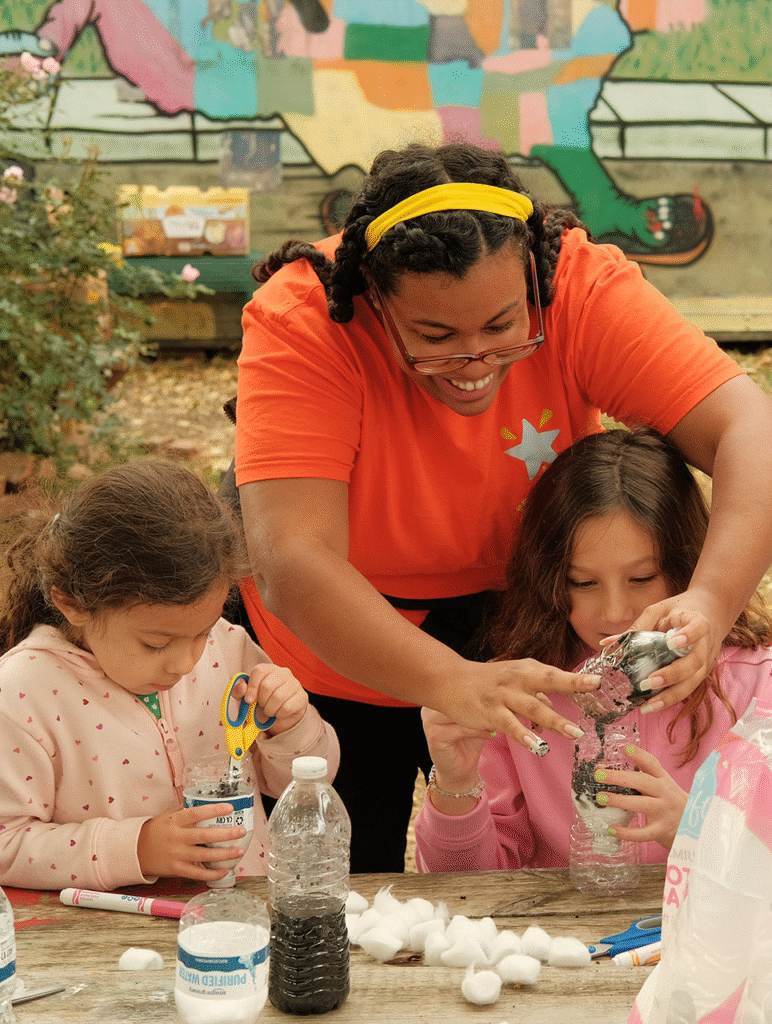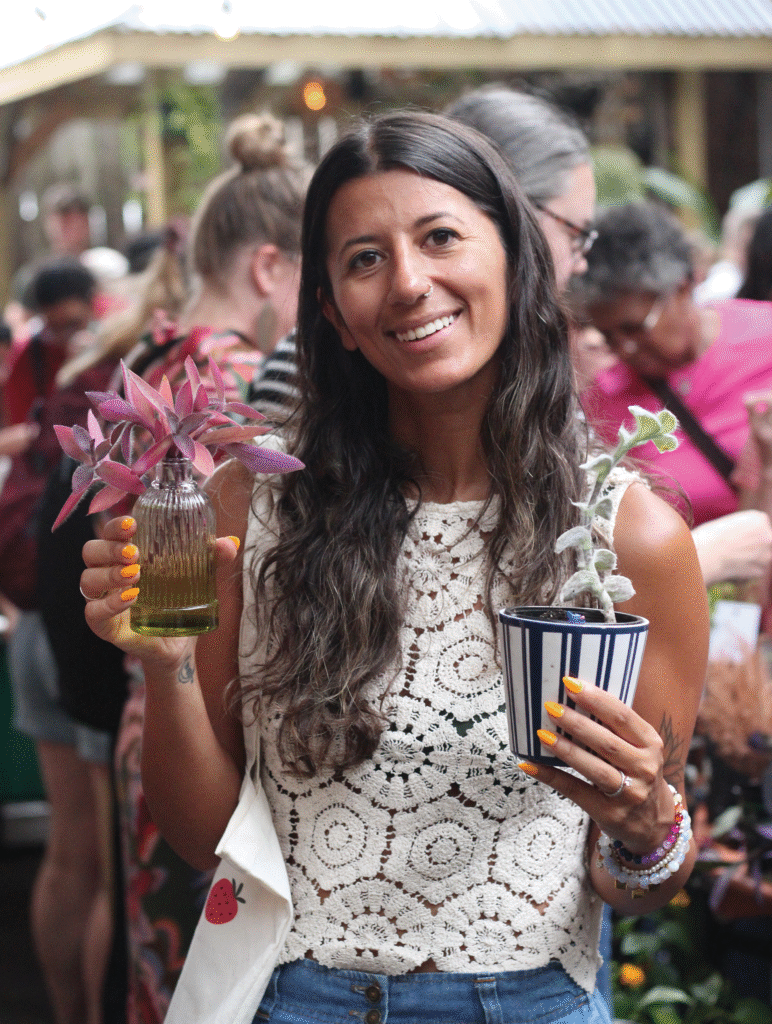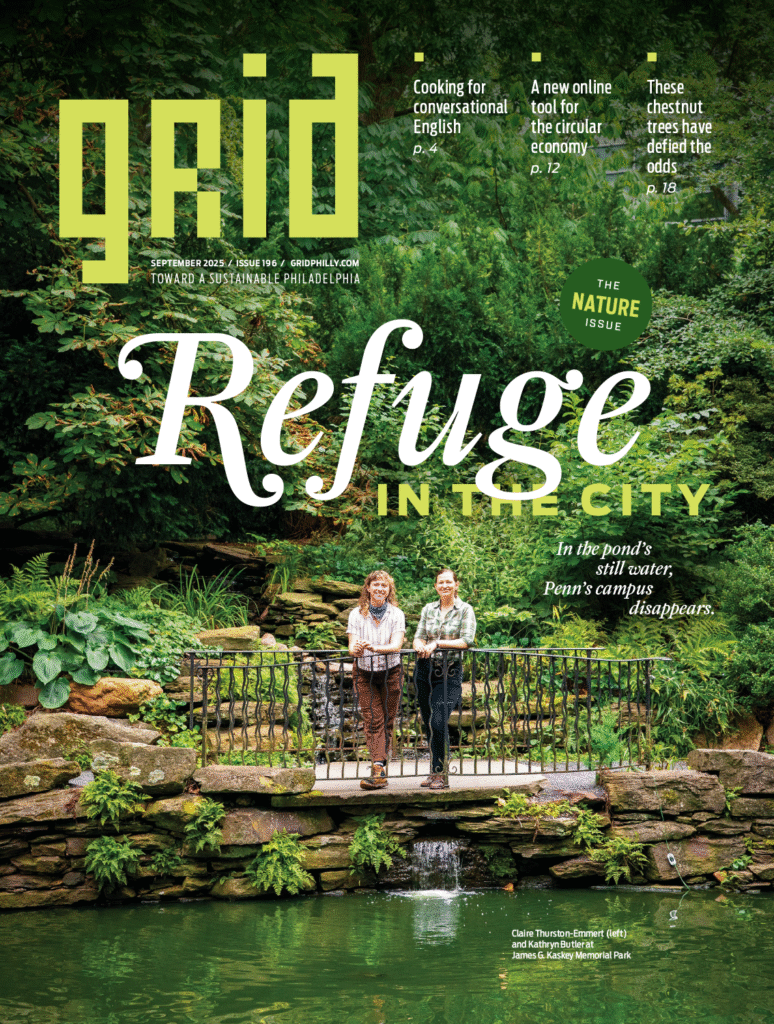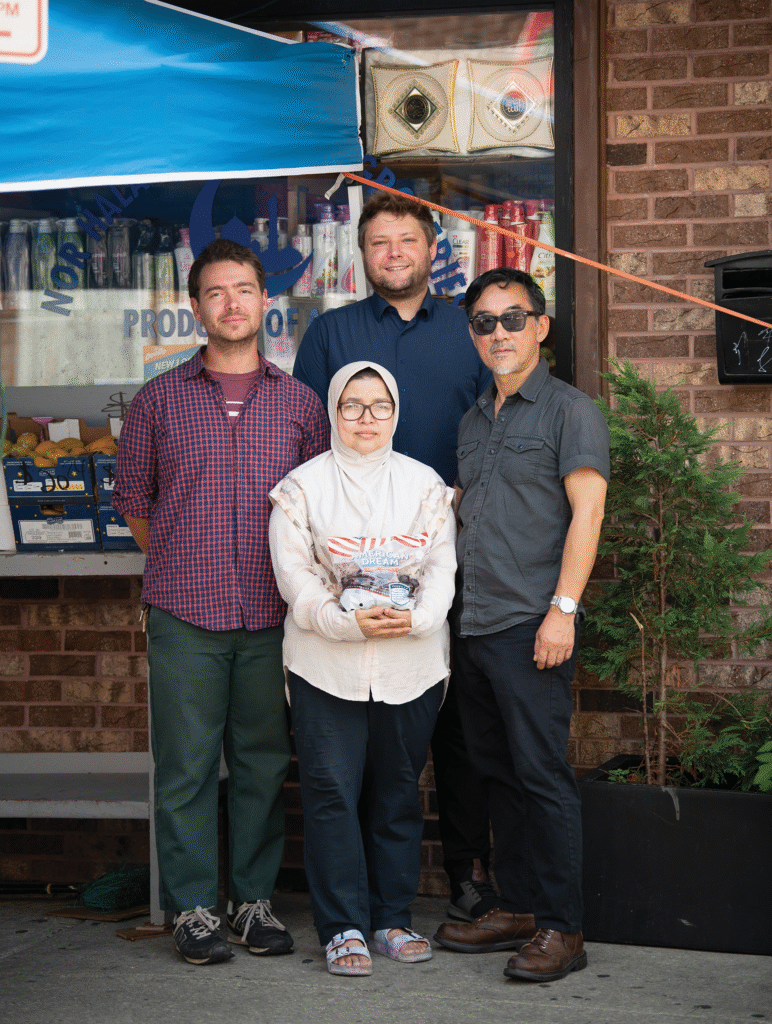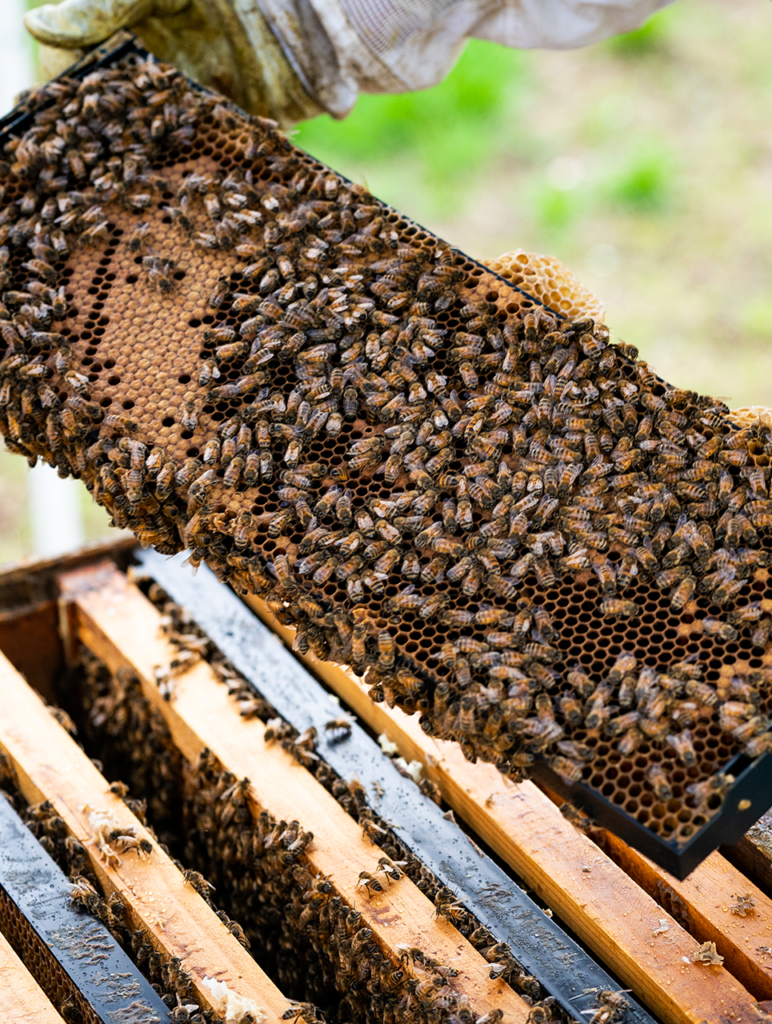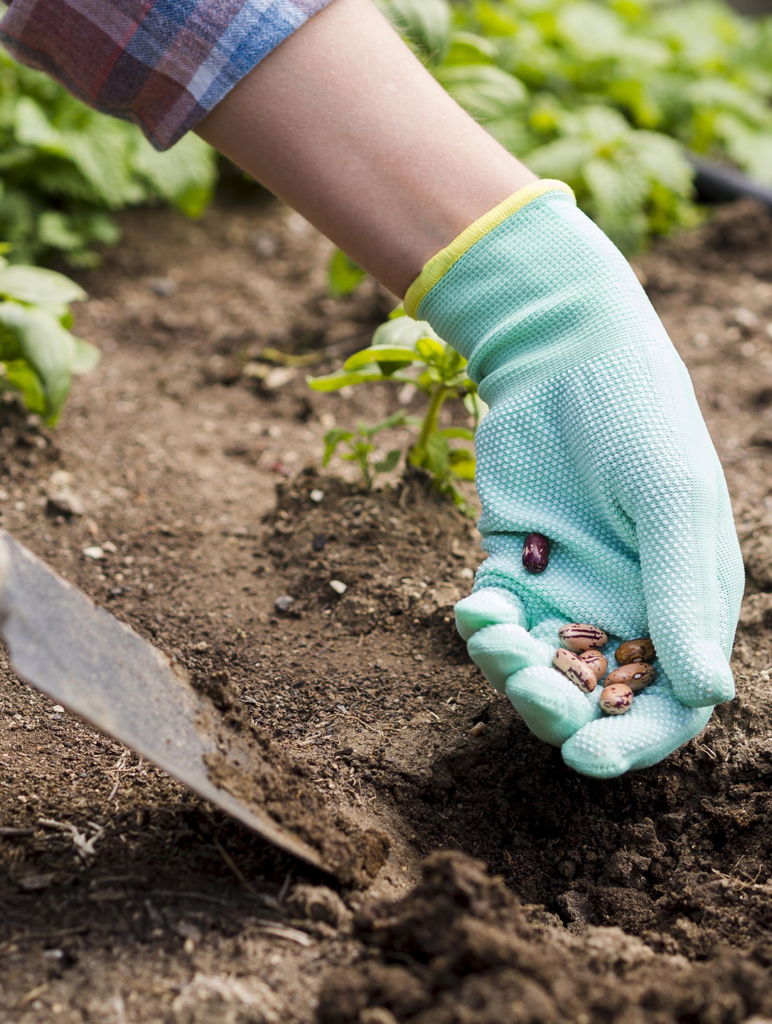On Saturday, Oct. 26, North Philly-based artist and children’s books author Alyssa Reynoso-Morris hosted a DIY water purification event at North Philly Peace Park. This was the final event of a three-part series called Stories Grow Here, organized by the Barnes Foundation. The series is a part of Barnes North’s Everyday Places Artists Partnerships, which
MoreAt the Pennsylvania Horticultural Society (PHS) Pop Up Garden at South Street one evening in August, two long picnic tables are covered in plants: philodendrons, lantanas, begonias and more. Around them, dozens of people anxiously hover, some picking up plants from the table to inspect them, others using their phones to look up the species.
MoreI parked my bike at nine in the morning on a heat-dome summer day and walked down the path into the University of Pennsylvania’s James G. Kaskey Memorial Park (better known as the BioPond). Under the tree canopy I immediately felt cooler after my sweaty bike ride. I paused to admire a stately American elm
MoreBakari Clark describes herself as a student and a gardener. As the 2025 recipient of the prestigious Douglas Dockery Thomas Fellowship in Garden History and Design, Clark can now claim to be a student of gardens. The 25-year-old Virginia native came to Philadelphia to study at Temple University, where she became interested in many aspects
MoreAmid the typical concrete of the cityscape, the Cecil Street Community Garden offers a place for Southwest Philadelphia residents to enjoy green space, something often absent from dense, urban areas. “Even though it’s in the middle of the city, it kind of gives you an escape,” says Unique Fields, executive assistant at the community nonprofit
MoreOn March 14, a seven-year-old tree, which had arrived grafted with 15 varieties of stone fruits, was planted alongside a natural dye garden before a crowd of about 50 community members at Temple University’s Tyler School of Art and Architecture. Sam Van Aken grafted 15 additional varieties onto the tree the next day and will
MoreOn a windy March afternoon, Mark Berman poured a pile of sugar onto a piece of newspaper to feed one of his 13 bee colonies. Berman was providing the sugar supplement because the night temperatures were still dipping into the 30s, but there were signs that spring — and honey production — had begun. One
MoreWhen Navy veteran Salome Jeronimo moved to Philly in 2020, the pandemic was raging. During their first two years here, they didn’t get to explore much of what the city had to offer. That changed in the summer of 2022, when Jeronimo signed up for a 10-week plant-care course at the Veterans Affairs (VA) hospital
MoreOn the first warm Saturday of the year, Taylor Bakeman organized a seed packing event to restock The Discovery Center’s new native seed library. Just a few weeks after opening, its seed supply was already running low. A dozen volunteers spent the day counting and sifting tiny seeds of New York ironweed, anise hyssop and
MoreThe outdoors is surging with the warmth and light of spring. Birds are singing. Flowers are blooming. Shoots are sprouting. Your neighbors are digging in the soil. No matter the color of your thumb, you may feel the urge to get your hands dirty and plant something. Indeed, now is the time to get those
More

